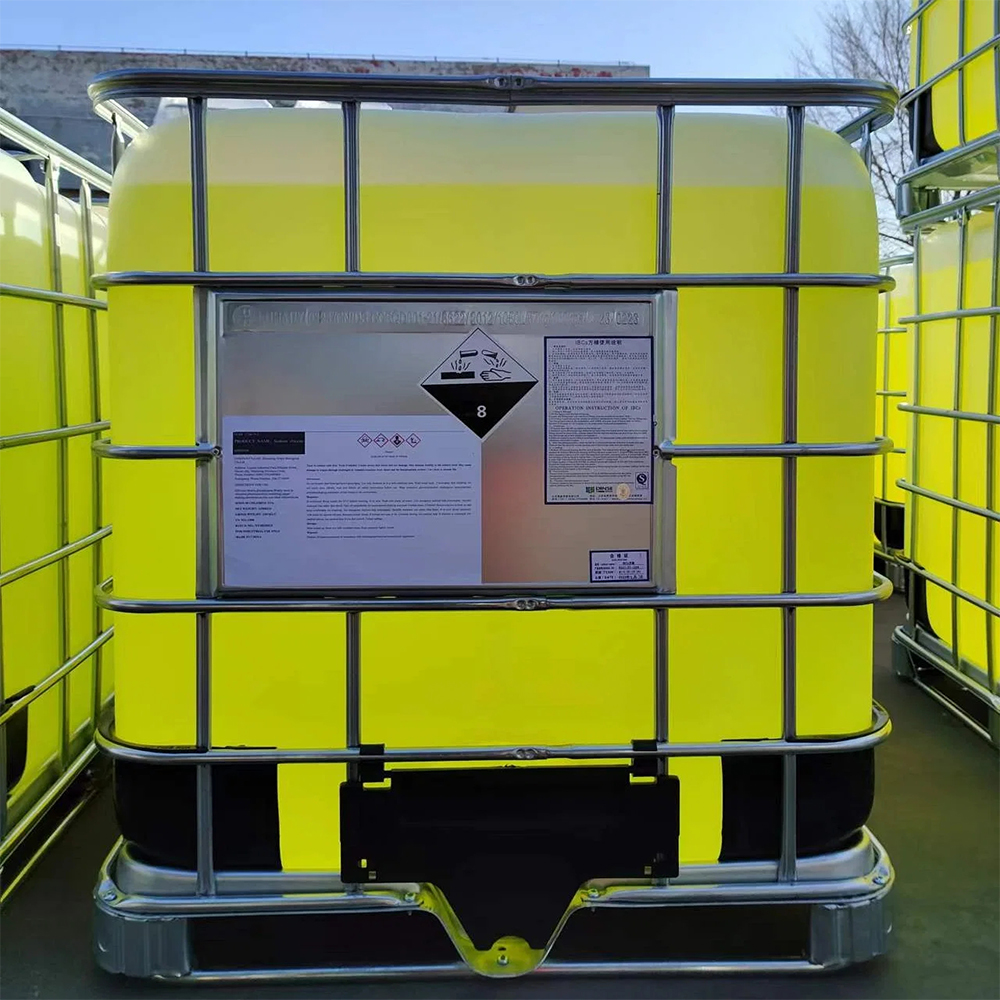



manufacture of caustic soda
The Manufacture of Caustic Soda An Essential Industrial Process
Caustic soda, also known as sodium hydroxide (NaOH), is a highly versatile chemical that plays a crucial role in various industrial processes. It is used in the manufacture of a wide range of products, including paper, textiles, soap, detergents, and even food processing. Understanding its manufacture is essential for appreciating its impact on the economy and daily life.
The primary method for producing caustic soda is through the electrolysis of sodium chloride solution, commonly known as brine. This process is carried out in electrolytic cells, which can either be diaphragm cells or membrane cells. The choice of cell type affects the purity and concentration of the resulting caustic soda.
In diaphragm cells, brine is introduced into the cell, where it is subjected to an electric current. This electrical energy facilitates the electrolysis process, where sodium ions (Na+) migrate towards the cathode, while chloride ions (Cl-) move towards the anode. At the cathode, sodium ions gain electrons and form sodium metal, which then reacts with water to produce caustic soda and hydrogen gas
\[2Na + 2H_2O \rightarrow 2NaOH + H_2\]
Meanwhile, chlorine gas is produced at the anode
manufacture of caustic soda

\[2Cl^- \rightarrow Cl_2 + 2e^-\]
Although diaphragm cells are widely used, the membrane cell process has gained popularity due to its efficiency and environmental advantages. In membrane cells, a selective membrane separates the anode and cathode compartments, preventing the mixing of chlorine and caustic soda. This results in a higher purity product and lower operational costs. Additionally, the membrane process generates less waste and consumes less energy compared to diaphragm cells, contributing to a more sustainable manufacturing approach.
After the electrolysis process, the caustic soda solution obtained is concentrated through evaporation. The concentrated caustic soda is then cooled and can be sold as a liquid or further processed into solid form through crystallization. Solid caustic soda, often found in the form of pellets or flakes, is easier to handle and transport, making it a preferred choice for various applications.
The versatility of caustic soda is evident in its wide range of industrial applications. In the paper industry, it is used to digest wood chips, breaking down lignin to produce pulp. In the textile industry, it aids in the production and treatment of fabrics. The chemical also plays a vital role in water treatment processes, where it is used to adjust pH levels and neutralize acidic waters.
Despite its numerous applications, caustic soda is a hazardous material that requires careful handling. Exposure to the chemical can cause severe burns, and its highly alkaline nature necessitates rigorous safety protocols in the workplace.
In conclusion, the manufacture of caustic soda is a significant industrial process that supports multiple sectors of the economy. From its origins in saltwater electrolysis to its wide-ranging applications, caustic soda remains an indispensable chemical in modern manufacturing. As industries continue to evolve, the demand for caustic soda is expected to grow, making its efficient and sustainable production more critical than ever.
-
Why Sodium Persulfate Is Everywhere NowNewsJul.07,2025
-
Why Polyacrylamide Is in High DemandNewsJul.07,2025
-
Understanding Paint Chemicals and Their ApplicationsNewsJul.07,2025
-
Smart Use Of Mining ChemicalsNewsJul.07,2025
-
Practical Uses of Potassium MonopersulfateNewsJul.07,2025
-
Agrochemicals In Real FarmingNewsJul.07,2025
-
Sodium Chlorite Hot UsesNewsJul.01,2025










